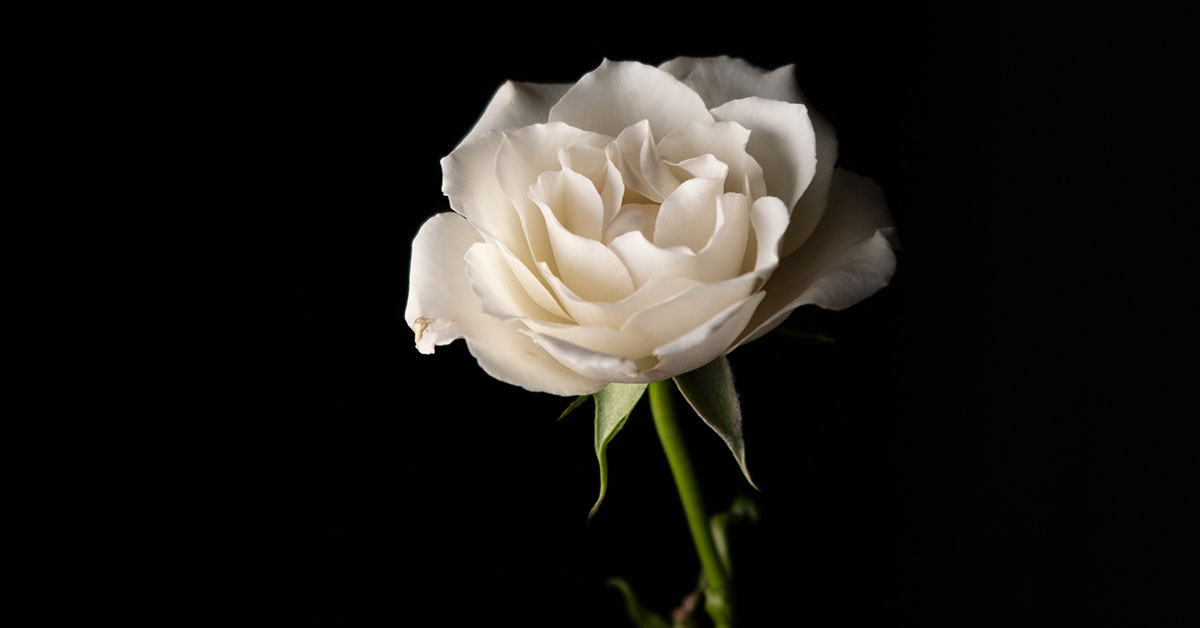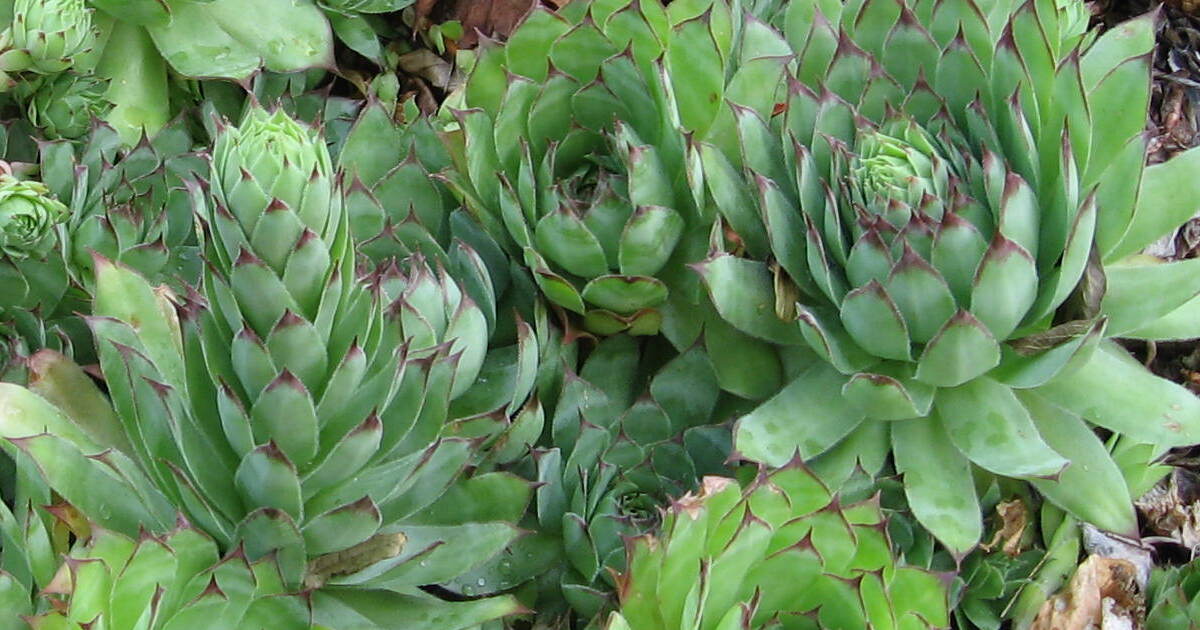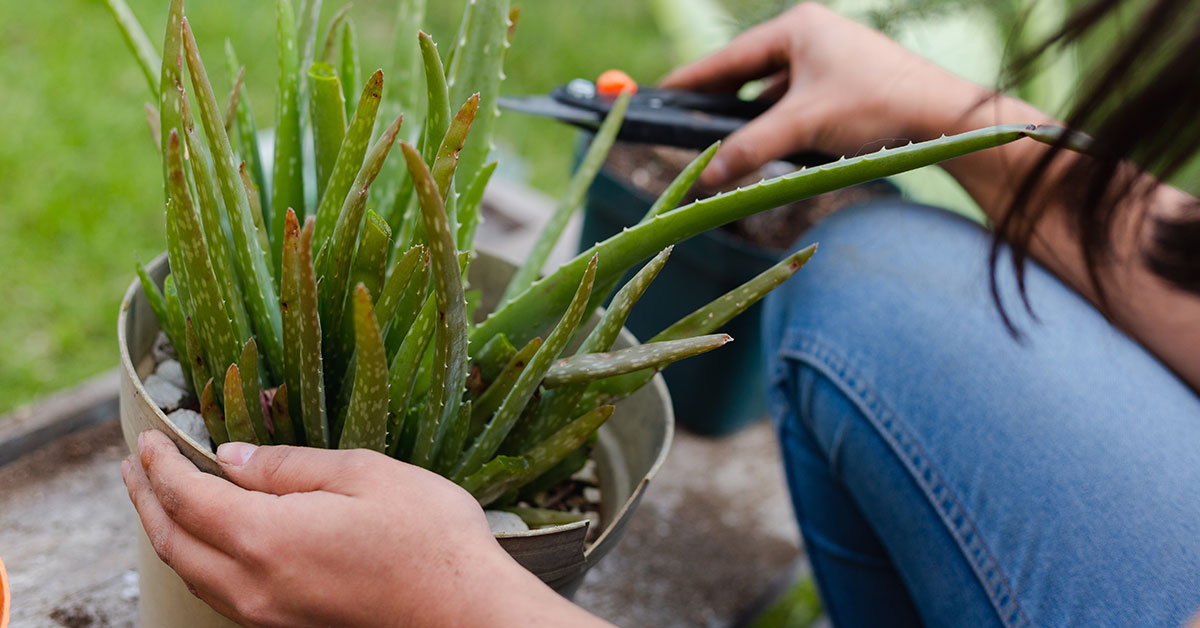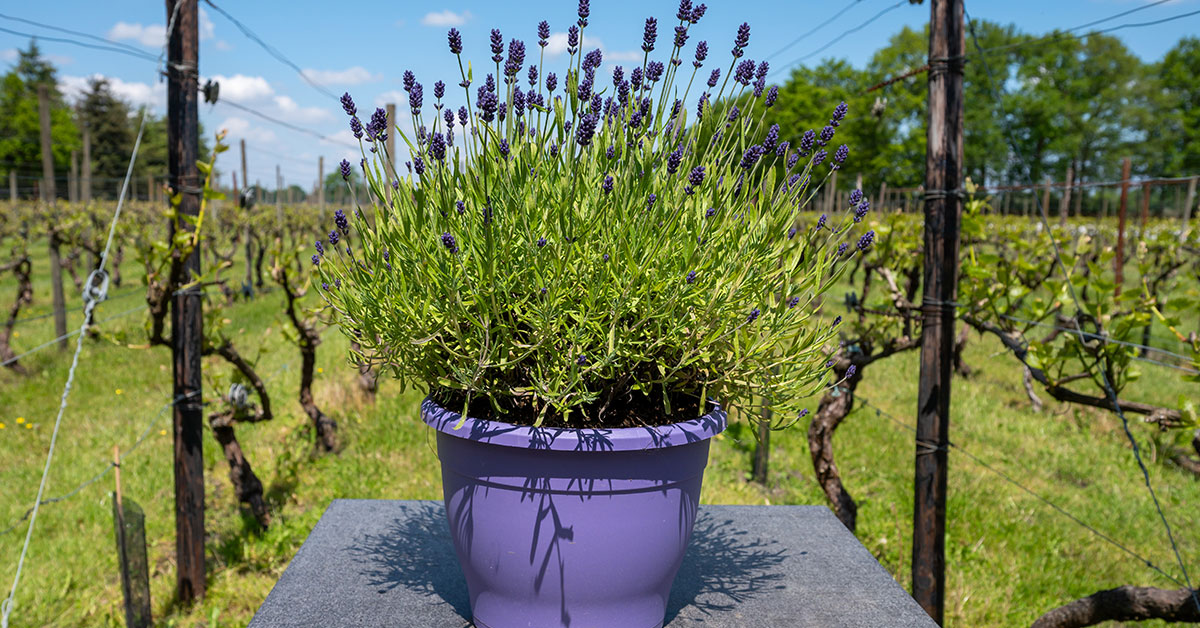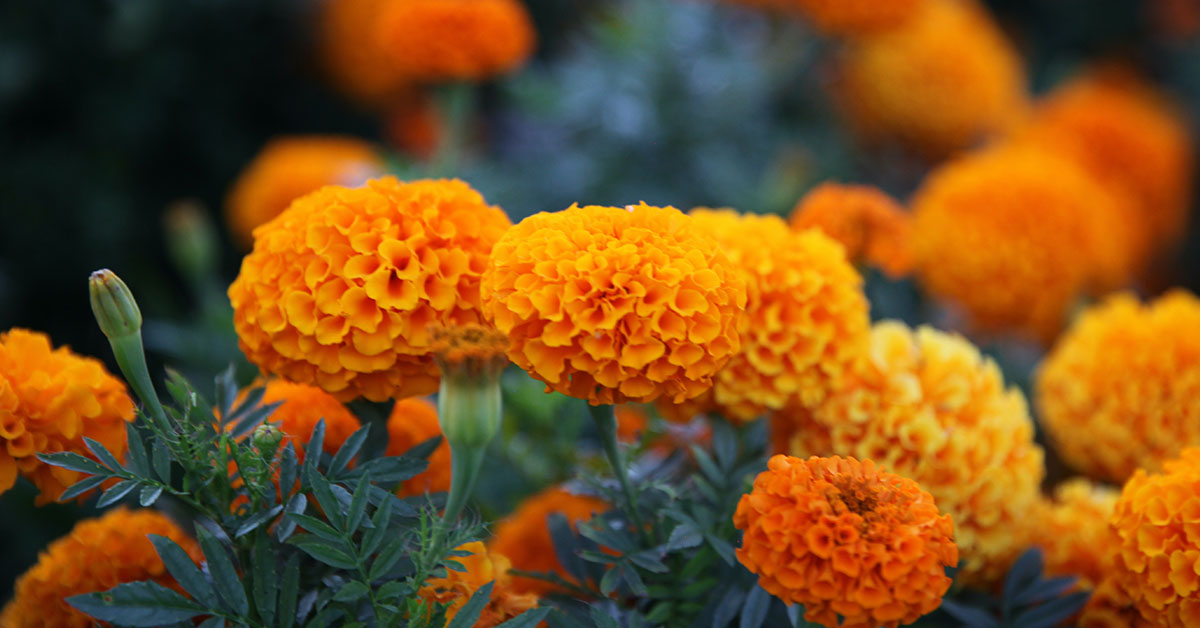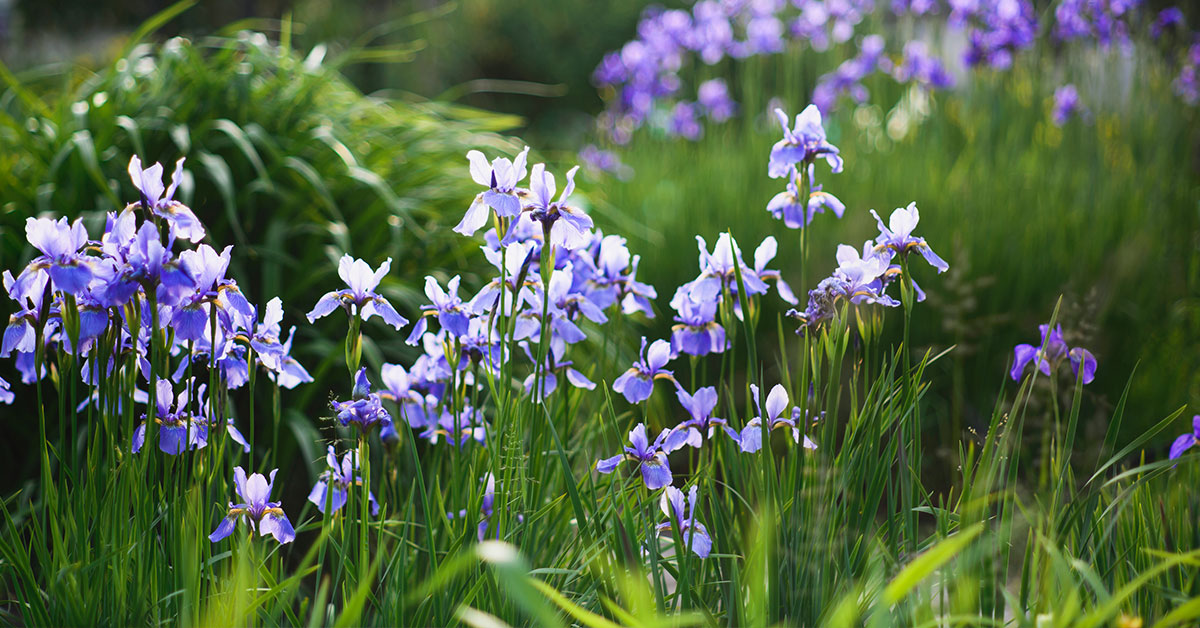The language of flowers has long been intertwined with human emotions, transcending linguistic barriers to convey sentiments that words often struggle to capture. In the realm of grief and mourning, certain flowers have taken on a symbolic significance that speaks to the profound experience of loss. Whether as a means of expressing condolences, honoring departed loved ones, or contemplating the journey beyond, these flowers symbolize death in a way that resonates across cultures and traditions.
In this article, we delve into the world of floral symbolism associated with death. From the somber elegance of lilies to the poignant grace of roses, we navigate a garden of emotions as we explore the meanings behind these flowers. Join us on a journey through petals and poetry, as we uncover the tales these blooms tell of life’s inevitable cycle and the profound human experience of saying goodbye.
17 flowers that symbolize death in different cultures
Certain flowers have been associated with death and mourning in various cultures and traditions. Here are a few flowers that are often symbolically connected to death or used in funeral arrangements:
- Lilies: White lilies, especially Calla lilies, are often used at funerals and are associated with the restoration of the soul of the deceased to a peaceful state.
- Chrysanthemums: In many Western cultures, chrysanthemums are commonly used for funeral arrangements. However, in some Asian cultures, particularly in Japan, chrysanthemums are associated with death and are often used at funerals and grave sites.
- Roses: Depending on the color, roses can symbolize different sentiments. Dark-colored roses, such as black or deep red, are sometimes associated with mourning and death.
- Marigolds: In some cultures, marigolds are associated with death and are used in funeral rituals. In Mexico, marigolds are a prominent part of Dia de los Muertos (Day of the Dead) celebrations.
- Hyacinths: Hyacinths, particularly purple ones, have been associated with expressing sorrow and condolences.
- Cypress: Cypress trees and branches are often used as symbols of mourning and remembrance in various cultures due to their association with cemeteries.
- Daffodils: While daffodils are generally associated with renewal and spring, their presence in funeral arrangements might symbolize the hope for the rebirth of the soul in the afterlife.
- White Roses: White roses can symbolize purity, innocence, and reverence. They are often used in funeral floral arrangements to convey respect and remembrance.
- Orchids: In some cultures, white orchids can be used as funeral flowers. They can symbolize eternal love, beauty, and strength during challenging times.
- Tulips: Dark-colored tulips, such as purple or black varieties, have been used in funeral arrangements to symbolize mourning and deep loss.
- Gladiolus: Gladiolus flowers, with their tall and elegant spikes, are sometimes included in funeral arrangements as a symbol of strength, sincerity, and moral integrity.
- Forget-Me-Nots: Forget-me-nots can be used to express remembrance and the enduring memory of the deceased.
- White Carnations: White carnations can symbolize innocence and pure love. They are sometimes used in funeral arrangements to convey respect and condolences.
- Snapdragons: Snapdragons, with their unique and graceful blooms, can symbolize graciousness and strength in the face of adversity.
- Sweet Peas: Sweet peas, often used in memorial arrangements, can symbolize departure or farewell.
- Anemones: Anemone flowers are sometimes associated with death and used in funeral arrangements to express a sense of loss or forsaken love.
- Baby’s Breath: While often used as a filler in floral arrangements, baby’s breath can symbolize innocence and purity, qualities often associated with the departed.
It’s important to note that flower symbolism can vary significantly across cultures and regions. In some cultures, certain flowers that are associated with death in one context might have positive meanings in another. Additionally, individual preferences and meanings can differ, so it’s always a good idea to consider the specific cultural and personal perspectives when selecting flowers for funerals or memorial services.
Flowers to plant near a grave
Planting flowers near a grave can be a meaningful way to create a beautiful and serene resting place for your loved one. When choosing flowers, consider their symbolism, resilience, and ease of care. Here are some flowers that are commonly planted near graves:
- Lilies: White lilies symbolize the restoration of the soul and are often associated with purity and rebirth.
- Roses: White roses symbolize innocence and reverence, while red roses can express love and deep emotions. Choose colors that hold personal significance.
- Chrysanthemums: In some cultures, chrysanthemums symbolize death and are commonly used in funeral arrangements and grave sites.
- Carnations: White carnations represent pure love and innocence, making them a suitable choice for a memorial garden.
- Forget-Me-Nots: Forget-me-nots symbolize remembrance and enduring memories, making them a poignant choice near a grave.
- Pansies: Pansies are associated with remembrance and are often chosen for their delicate beauty and vibrant colors.
- Marigolds: Marigolds are symbolic of grief and are commonly used in Dia de los Muertos (Day of the Dead) celebrations.
- Daffodils: Daffodils symbolize new beginnings and the renewal of life. They can represent hope and a sense of rebirth.
- Tulips: Depending on their color, tulips can express different sentiments. Dark-colored tulips, such as black or purple varieties, can symbolize mourning and loss.
- Sweet Alyssum: Sweet alyssum is a delicate flower often associated with sweet memories, making it a fitting choice for a memorial garden.
When planning a flower garden near a grave, consider the growing conditions of the site, including sunlight, soil type, and climate. Opt for flowers that are easy to maintain and suited to the environment. Additionally, choose flowers that hold special meaning for you and your family, as personal significance can add a deeply heartfelt touch to the space.
Keep in mind that the act of planting and tending to flowers near a loved one’s grave can be therapeutic and provide a sense of connection. It’s a way to honor their memory and create a tranquil space for reflection and remembrance.
Flowers to give to the grieving
Choosing flowers to give to a grieving person requires thoughtfulness and sensitivity. Flowers can offer comfort and support during difficult times. When selecting flowers, consider the recipient’s preferences, cultural background, and the symbolism of the flowers. Here are some options to consider:
- White Lilies: White lilies symbolize purity, innocence, and the restoration of the soul. They are often associated with funerals and can convey sympathy and peace.
- White Roses: White roses symbolize reverence, innocence, and new beginnings. They offer a sense of purity and remembrance.
- Carnations: White or light-colored carnations symbolize pure love and deep emotions. They can express sympathy and support.
- Chrysanthemums: White chrysanthemums can symbolize death and mourning in some cultures, making them a thoughtful choice for expressing condolences.
- Blue Hydrangeas: Blue hydrangeas represent understanding and heartfelt emotions. They can convey a sense of empathy and comfort.
- Forget-Me-Nots: Forget-me-nots symbolize remembrance and enduring memories, making them a touching choice for showing support.
- Orchids: Orchids symbolize strength, love, and beauty. They can convey a message of sympathy and encouragement.
- Peace Lilies: Peace lilies are associated with peace, purity, and renewal. They are often chosen to express condolences and sympathy.
- Daffodils: Daffodils symbolize new beginnings and hope. They can be given to offer support and a sense of renewal during a difficult time.
- Tulips: Depending on the color, tulips can convey various emotions. Soft pastel tulips can express comfort and caring.
When giving flowers to a grieving person, consider pairing them with a thoughtful card or note expressing your condolences and offering your support. Additionally, respect the recipient’s cultural and religious practices, as flower symbolism can vary across different traditions. Ultimately, your gesture of giving flowers is a way to show that you care and are thinking of them during their time of loss.


